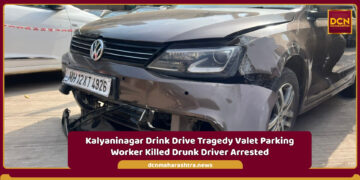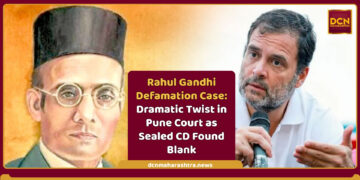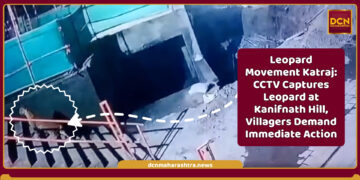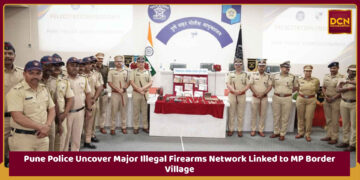Pimpri Chinchwad: In a transformative effort to make streets safer and more inclusive, the Pimpri Chinchwad Municipal Corporation (PCMC) is reimagining key roads across the city. Areas like Nigdi, Dapodi, and Pradhikaran are witnessing significant upgrades as part of the Urban Streetscapes Programme — a strategic move aligned with a recent Supreme Court directive (May 14), which mandates all states and union territories to ensure footpaths are safe, accessible, and free from obstructions.
With pilot stretches nearly complete, the redesigns are already offering tangible benefits. Pedestrians and cyclists, who form a large part of daily commuters in the city, now experience improved access and greater safety.
“PCMC’s vision is a city built for all — not just vehicles,” said Commissioner Shekhar Singh. “Safe and accessible streets are a necessity, especially when so many people depend on walking, cycling, and public transit every day.”
A prominent example is the Old Mumbai–Pune Highway, a high-footfall corridor that previously lacked functional pedestrian infrastructure. Today, it features continuous walkways, cycle tracks, green buffers, street furniture, and reengineered junctions — all implemented without reducing the capacity for vehicular movement.
Concerns have emerged from some quarters about reduced carriageway space. However, Bapusaheb Gaikwad, Joint City Engineer for Urban Mobility, clarified that the project doesn’t shrink road capacity but reorganizes underutilized areas. “We’ve streamlined the space, especially around parking and vehicle lanes, to avoid congestion and ensure smoother traffic flow,” he explained.
The stretch already includes dedicated service roads and high-speed corridors, which Gaikwad says are more than sufficient to handle traffic volumes. He emphasized that merely widening roads is a temporary fix. “Long-term traffic solutions lie in reducing dependency on private vehicles.”
With private vehicle ownership approaching 90 vehicles per 100 people, experts warn that road expansion is not a sustainable approach. “More lanes lead to more cars, and before long, congestion returns,” said Executive Engineer Sunil Pawar. “Real relief lies in encouraging non-motorised and public transport options.”
This philosophy underpins PCMC’s broader Non-Motorised Transport (NMT) policy, which aims to reduce traffic pressure through improved infrastructure for walking, cycling, and transit.
To better understand how citizens perceive the redesigned Old Mumbai–Pune Highway, a focused survey by ITDP India gathered feedback from pedestrians and cyclists:
79% would walk or cycle more if streets were better designed
87% supported reallocating street space for safer design
87% felt unsafe crossing roads
82% believed the area was unsafe for children
76% experienced night-time navigation issues
59% identified speeding vehicles as a major danger, with peak speeds hitting 81 km/h
“Much of the opposition is from motorists,” noted Pranjal Kulkarni, Programme Manager at ITDP India. “But a significant portion of our population still walks or cycles. This initiative amplifies their needs — those who usually go unheard.”
Before the redesign, less than half the street had usable sidewalks. The new infrastructure aims to bridge this gap, making the entire corridor safer and more accessible.
Addressing criticism that these efforts are merely beautification projects, PCMC stressed that improvements are comprehensive. They include stormwater drainage, street lighting, upgraded junctions, and safety measures — all designed according to Indian Roads Congress (IRC) standards.
Urban designer Prasanna Desai emphasized a holistic approach: “Streets are planned with all users in mind — from vehicles to hawkers, from trees to seating. We’re crafting inclusive, safe, and connected public spaces.”
PCMC’s planning process has involved extensive consultations with local communities, including residents, vendors, shop owners, and traffic authorities. Citizen inputs were carefully integrated into the design phase, ensuring that the upgrades reflect the needs of those who use the streets every day.
As cities across the globe — including Paris, Copenhagen, and Amsterdam invest in walkable and bike-friendly infrastructure, Pimpri Chinchwad is taking confident steps in the same direction. By adopting global best practices, PCMC is not just enhancing urban aesthetics but building a resilient, people-first transport ecosystem for the future.
Why This Matters:
PCMC vehicle ownership: 90 per 100 people
Road widening = short-term fix
Better street design = long-term mobility solution
Cities that walk and cycle = cities that thrive
















